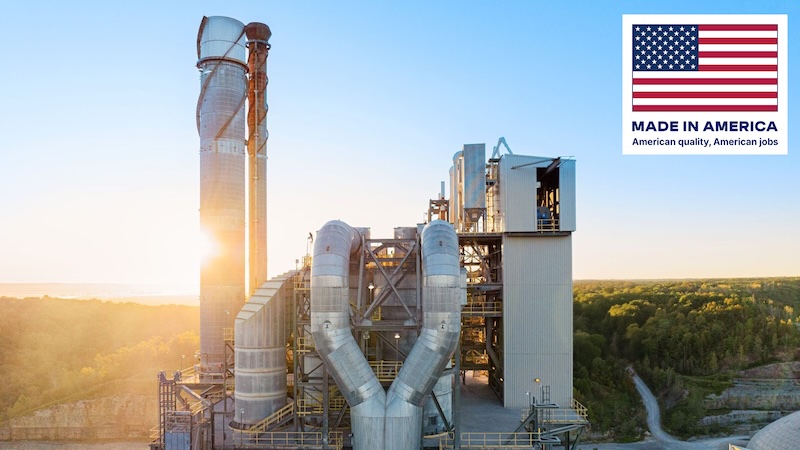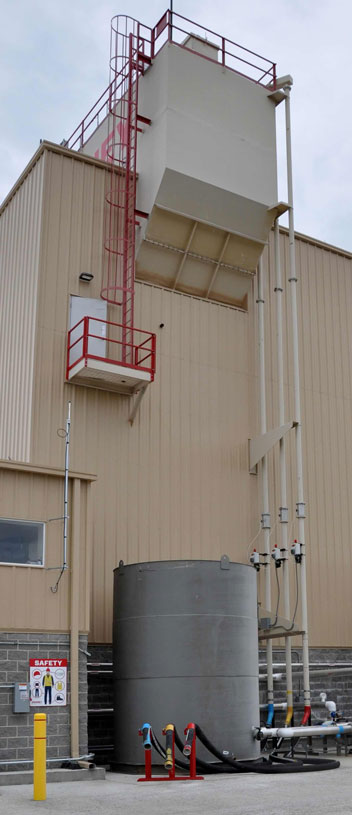Source: Drexel University, Philadelphia
Drexel University engineers are claiming to have found a way to improve upon portland cement. In research recently published in Cement and Concrete Composites the group served up a recipe for cement that is more energy efficient and cost effective to produce than masonry’s most prevalent bonding compound.
Drexel’s “green” variety is a form of alkali-activated cement that utilizes the industrial byproduct slag with and limestone, and does not require heating to produce. According to Dr. Michel W. Barsoum, A.W. Grosvenor professor in Drexel’s Department of Materials Science and Engineering, this alternative production method and the ubiquity of the mix ingredients, lessens the cost of materials for Drexel’s cement about 40 percent versus portland cement, and reduces energy consumption and carbon dioxide production by 97 percent.
“Cement consumption is rapidly rising, especially in newly industrialized countries, and it’s already responsible for 5 percent of human-made carbon dioxide. This is a unique way to limit the environmental consequences of meeting demand,” said Dr. Alex Moseson, one of the lead researchers on the project.
While forms of alkali-activated cement have been used as far back as the 1950s-60s in several buildings in the former Soviet Union, much of the inspiration for this research came from the Pyramids in Egypt, as well as buildings in ancient Rome. “Our cement is more like ancient Roman cement than like modern portland,” Moseson said. “Although we won’t know for 2,000 years if ours has the longevity of Roman buildings, it gives us an idea of the staying power of this material.”
In contrast to portland cement, Drexel’s cement is made of up to 68 percent unfired limestone, a plentiful, cheap, and low-carbon dioxide resource; American Society for Testing and Materials’ standards for portland cement limit the amount to 5 percent. To this base, a small amount of commercial alkali chemical is added along with the iron slag byproduct.
During Moseson’s work in India to commercialize the technology, he developed products that meet local standards, using entirely local materials and techniques. He also investigated how the availability of green cement could help make quality building materials more affordable and accessible to marginalized populations living in slums, and create jobs by jump starting small-scale cement manufacturing in the country. “Our results and the literature confirm that it performs as well or better than [portland cement],” Barsoum said. “We are very close to having the cement pass an important commercialization milestone, ASTM C1157, a standard that judges cement-like products on performance, such as strength and setting-time, regardless of composition.”
The next step for the cement is getting it to the market, which the group is working toward via a start-up company called Greenstone Technologies, Inc.



